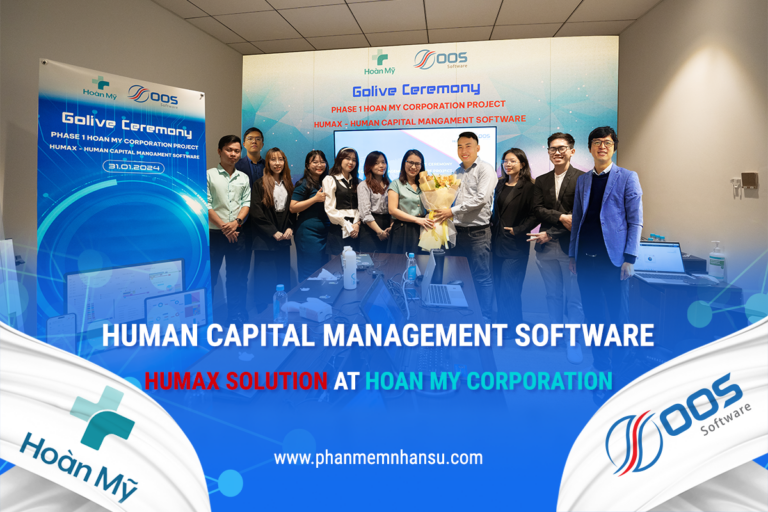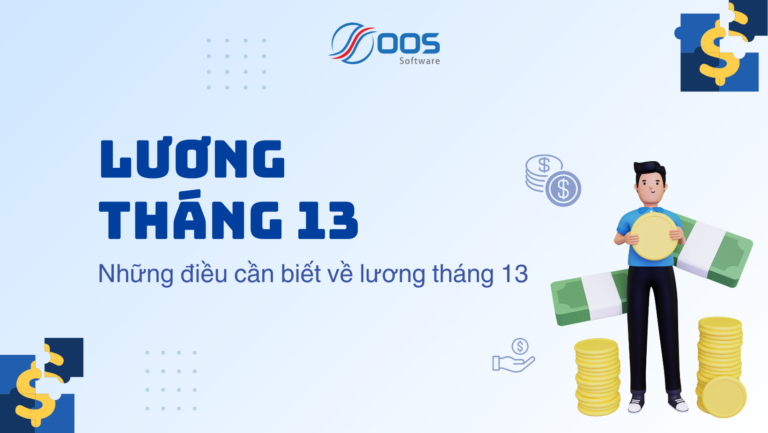Employee evaluation is a routine work to check the capacity and performance of personnel in the organization. Currently, the Employee evaluation method has grown with relevance and brings great value to the organization. Let's take a look at 11 methods of evaluating employee performance and the advantages and disadvantages of each form through the following article of CoffeeHR.
What is an employee evaluation method?
Employee Appraisal Method is the process of evaluating the performance and capacity of an employee during his time at the enterprise. Evaluations can be on a monthly, quarterly or annual basis. In particular, employee evaluation focuses on exploiting aspects of professional knowledge, skills and attitudes, expressed at work.
Through employee evaluation, businesses can support employees to improve and develop. For example, identifying additional professional training courses or proposing a salary increase – promotion. Employee performance appraisals are also an effective way for employees to feel recognized.
" See more: How to build effective KPIs?
12 Benefits of Employee Appraisals
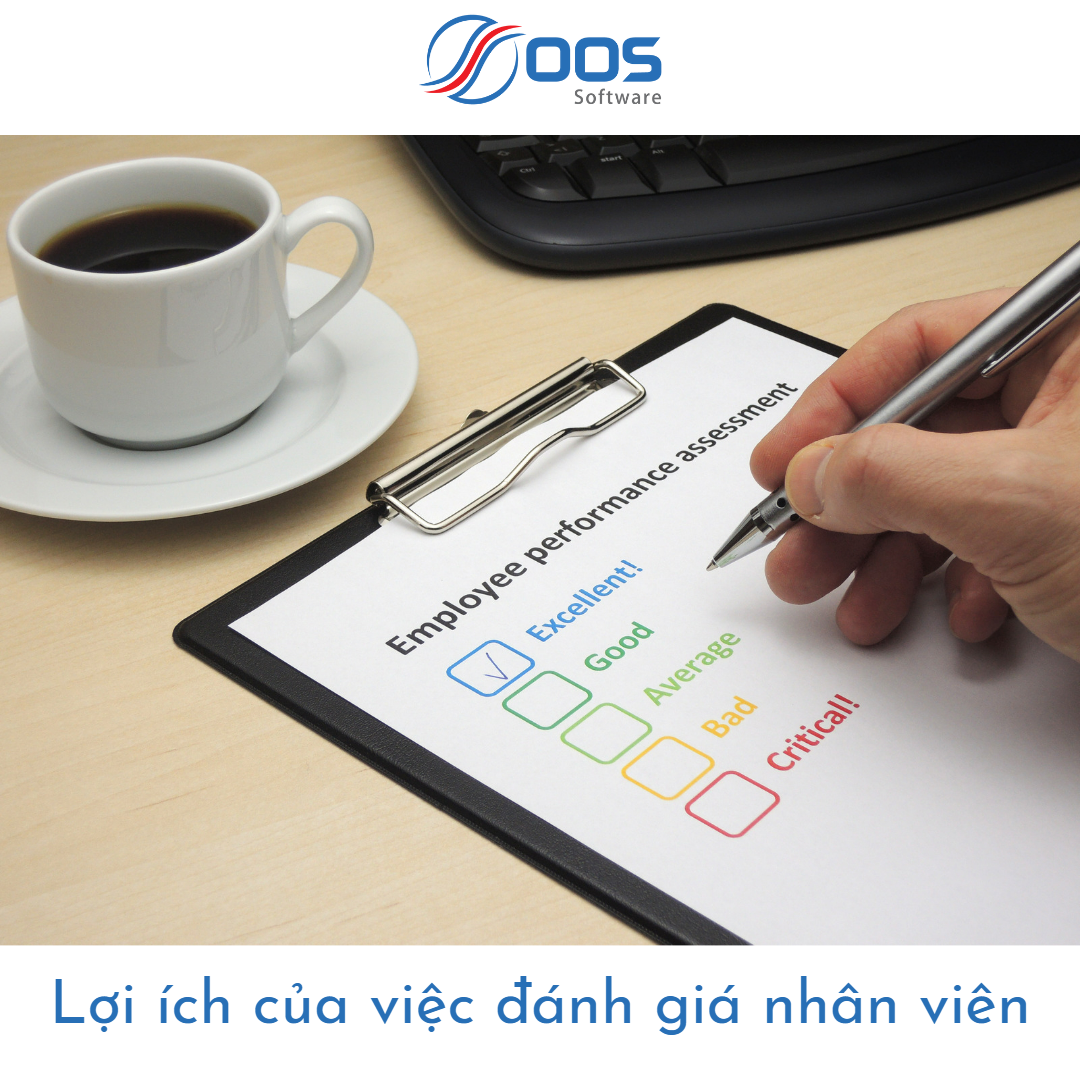
For Businesses
Use the Employee evaluation method will bring long-term and short-term benefits to the business. Specifically:
- Building an overview of the resource strength for the organization
- Identify the weak link in the capacity and expertise of an employee
- Identify behavioral problems for managers to address as soon as they affect departmental productivity
- Show staff's relic recognition
- Support employees to develop and improve weaknesses
- Support decision making regarding HR planning. For example, appoint, fire or build the next team.
For employees
Not only benefits the business, the assessment also brings a lot of value to each employee himself
- Provide a detailed result to employees. Help them find strengths to work on and weaknesses to change
- Find a promotion opportunity or ask for a raise
- Their achievements and efforts are recognized by the organization. Hence they have more incentive for them to contribute more.
- Identify additional training courses or advancement opportunities
- Evaluations are a good time for businesses to openly discuss their aspirations with employees
- Ensure fair development of all members
Here are the top 11 Employee evaluation method is being used widely nowadays
The 11 most popular employee evaluation methods today
There are many ways to evaluate employees. Enterprises need to choose based on internal culture, operating model and policy regulations Employee performance appraisal method best fit.
MBO method – goal management
MBO is a method of evaluation that requires the participation of managers and employees. Not only creating openness in evaluation, the method stimulates the initiative of personnel at work. In it, managers and employees jointly develop, plan, set criteria and discuss evaluation. Therefore, the assessment is more multidimensional and the assessment objective is not far from the actual capacity.
When defining criteria and conducting assessments, it is essential to ensure alignment with the overall strategy and direction of the organization. At the same time make sure that goal is achievable.
Advantage:
- Be clear about the criteria and objectives of the evaluation period because there is consensus between managers and employees
- Ensure work progress
- Increase interaction between managers and personnel
Defect:
- Much depends on the overall direction of the organization.
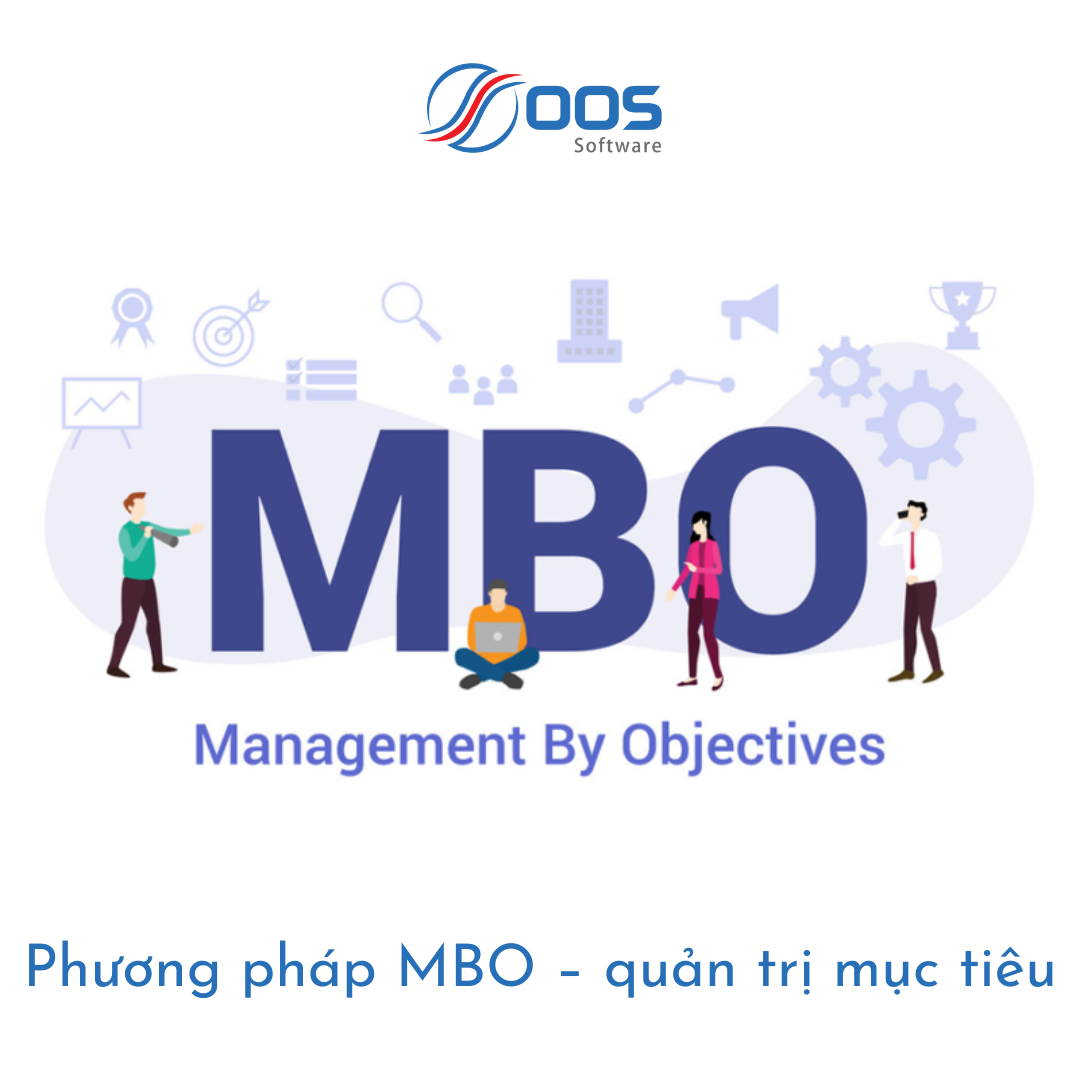
360 degree feedback method
This is said to be a multi-dimensional assessment method, the most comprehensive observation of an employee's capacity. With 360 degree employee evaluation method, the opinions are collected from many people, not one-way like other methods. This method is quite good at complementing subjectivity and bias.
The 360-degree employee evaluation method consists of 5 main parts:
- Employee self-assessment.
- Assessment management.
- Colleague reviews.
- Evaluation director.
- customer reviews.
Advantage:
- Eliminate objectivity and one-sidedness in evaluation
- Motivate employees to change and recognize weaknesses
- Easily adjust to each department, department and employee
Defect:
- Need to communicate the participation of all members
- Only suitable for some industry groups such as Service, Trade, ... but there is interaction between employees and customers
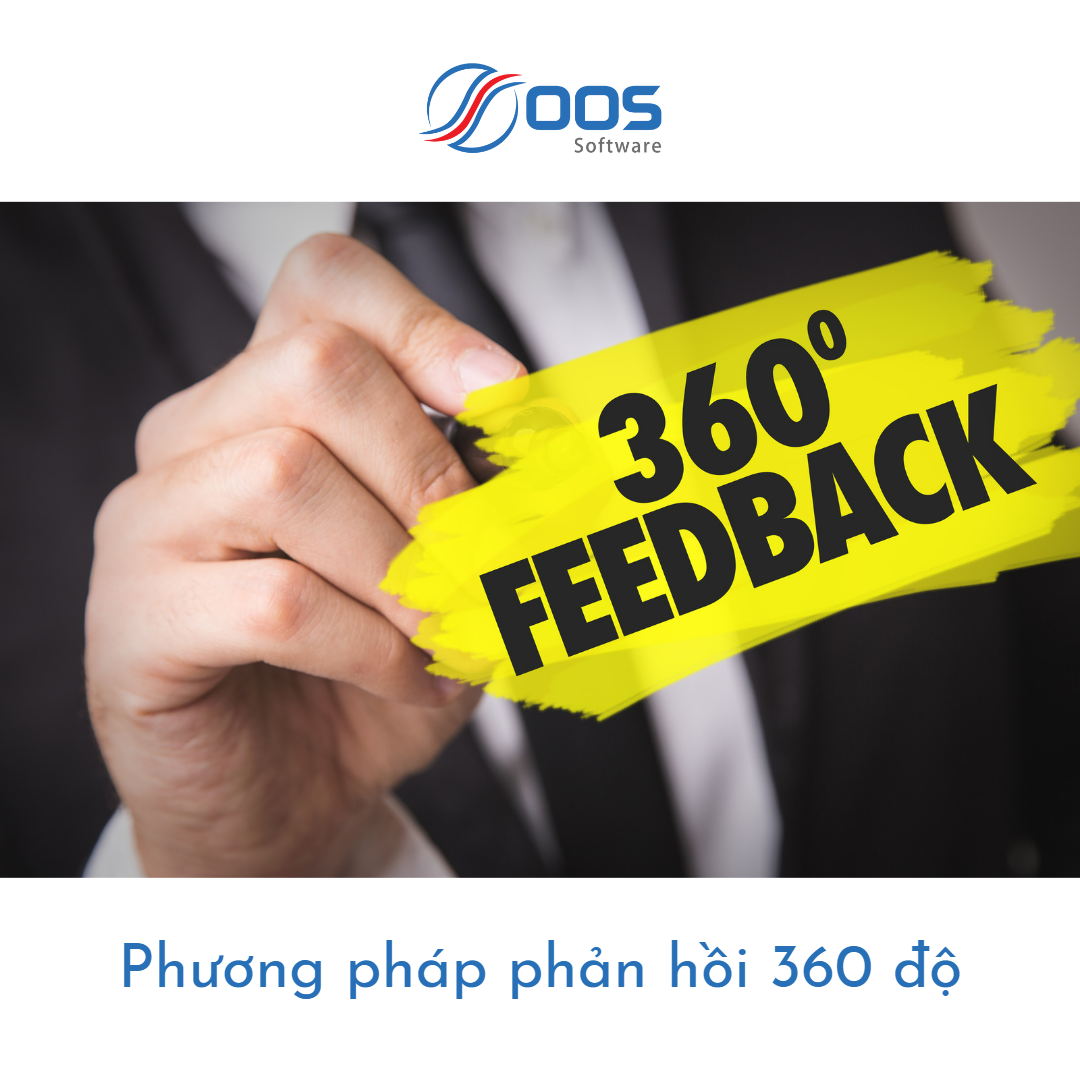
Evaluate employees by rank rating
Using ranks to evaluate employees is a simple method that is widely used. However, this method is only suitable for small businesses. Due to the small number of personnel, the work is also clear and specific. Managers only need to evaluate each employee and then arrange them in order from the best performer to the worst performer. Usually, the ranking will be through specific sales figures, cost savings or other KPIs.
Advantage:
- Simple, easy to apply
- The evaluation criteria are clearly delineated
Defect:
- Not suitable for medium and large businesses
- Difficult to assess in depth in terms of capacity. Only suitable for performance evaluation
Paired comparison evaluation method
This evaluation method has similarities with the above-mentioned form of rank ranking. But pairwise comparisons are somewhat more objective and effective. You need to cross-compare all employees with each other instead of scoring them individually. Therefore, the results are somewhat more accurate and reduce the feeling and bias among employees.
For individuals with similar performance, you give 1 point. If more then 2 points, if bad, 0 points.
Advantage:
- Simple, suitable for small businesses
- Higher accuracy
Defect:
- Not suitable for medium and large enterprises due to too many comparison pairs
- Only applicable to employees of the same group, with the same amount of work
- Comparisons between employees can cause internal disunity
Use scorecards to evaluate employees
Some businesses use scorecards as employee evaluation methods. Accordingly, the manager will build a scoreboard with specific criteria. For example, the amount of work, work results, attitude to work, knowledge, skills about work. Then the manager scores based on each item and summarizes the score.

Advantage:
- Develop criteria based on assessment needs
- Simple, suitable for small and medium businesses
Defect:
- Evaluation criteria are difficult to specify
- Subjectivity of the manager
Methods of keeping work results
Instead of tracking work progress, managers can store previous work results to have the most overview of an employee's progress and efforts. This method of employee evaluation is very effective when managers want to apply it during employee training or probation period.
Advantage:
- General employee tracking
- Make employees feel recognized for their achievements
Defect:
- The assessment method is suitable in the short term, not in the long term
- Some performance and competency outcomes are harder to store than performance results
Observational method to evaluate
Observe the attitude and work performance of personnel to make assessments. How to evaluate employees? This is often used in the service industry, because this field requires high realistic interaction.
Advantage:
- Observation helps to capture the status of employees at the time of assessment
- Can make observations to evaluate employees anytime, anywhere
Defect:
- Can be sensed, accuracy is not high
- Sometimes you can forget your assessment results if you don't take notes
- Make employees feel uncomfortable
Evaluate employees through KPI
Using KPI is the main method of evaluating employee performance of many businesses. Because KPIs are expressed in specific numbers, the accuracy is high. But evaluating by KPI is more complicated because businesses have to build a clear table of criteria - goals. At the same time, it requires close coordination between departments to complete the KPI table for each individual and department.
Advantage:
- Suitable for a wide range of industries. Even SME businesses or large corporations can use KPIs
- Applicable to all departments, teams and individuals
- Evaluate work clearly through specific data
Defect:
- Need to build a specific set of KPI goals
- Need time to communicate and apply KPI internally
- Implementation may not be successful if managers do not have a clear understanding of KPIs
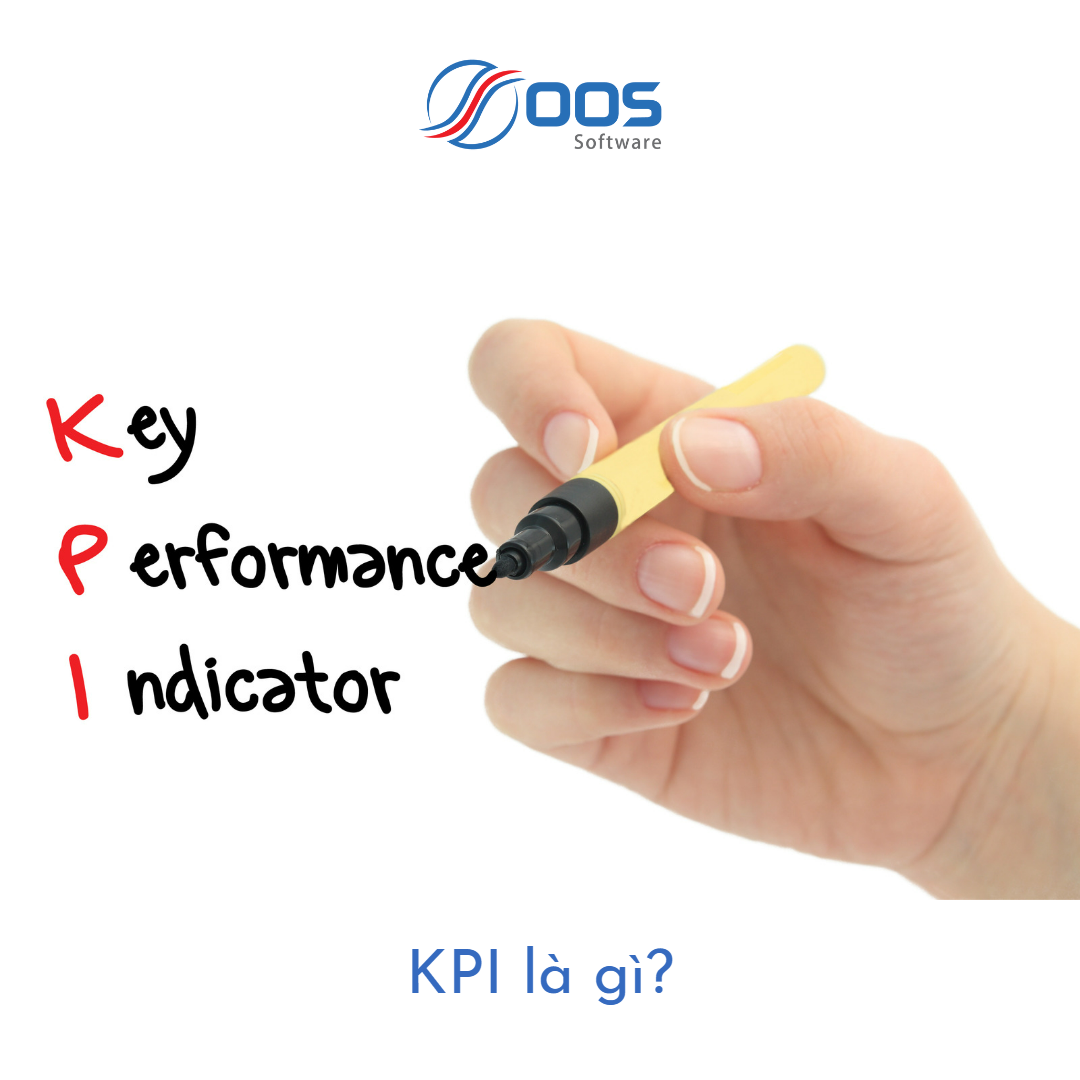
See more: What are KPIs? What types of KPIs are there? How to create effective KPIs?
Quantitative assessment
With quantitative assessment, managers need to do the following:
- Identify key competencies, skills, and knowledge needed for each job item of a given employee
- Evaluate the importance of each set of criteria.
- Classification of the degree to which the requirements and criteria of actual job performance are met
- Summarize the results and make a final assessment
The construction of quantitative evaluation criteria is quite complicated. Enterprises need coordination between departments and managers at all levels to come up with the most optimal evaluation process.
Advantage:
- High precision
- Clear evaluation criteria
- General picture of the human resource status of the organization
Defect:
- Need a lot of time to build
- Too complicated for businesses with few employees
Employee self-assessment method
Allowing employees to self-assess is a good way for them to identify their own strengths and weaknesses. Also give them the initiative to find ways to adjust their work performance.
Advantage:
- Create initiative for employees
- Give employees the opportunity to develop themselves
Defect:
- Can be subjective, one-way evaluation. It is difficult to accurately show the capacity of employees
Follow up at important events
Every year, the business will have key activities or important times in the business period. At this point, managers can monitor the responsiveness and problem solving skills of employees. Then synthesize and make an assessment based on those observations.
Advantage:
- Important events are a good time to evaluate employee contributions and enthusiasm for work
- Compare the performance of the staff with each other
Defect:
- Only evaluate at a time, do not generalize the whole process
- Difficult to see the real effort of employees
Ending
Many the Employee evaluation method different. Enterprises need to determine the most appropriate method for the assessment to be effective and bring value. Some organizations combine multiple assessments to increase feasibility. In contrast, some businesses use evaluation software in parallel to give the most accurate results.
OOS Software has more than 15 years of research and development, is a reliable partner to support human resource management, accompanies many large enterprises and corporations in the market. Contact now to get advice on Recruitment Software for your Business.
Check it out now: Justice doctrine What is that? Effective human resource management with the equity theory of Stacy Adams













